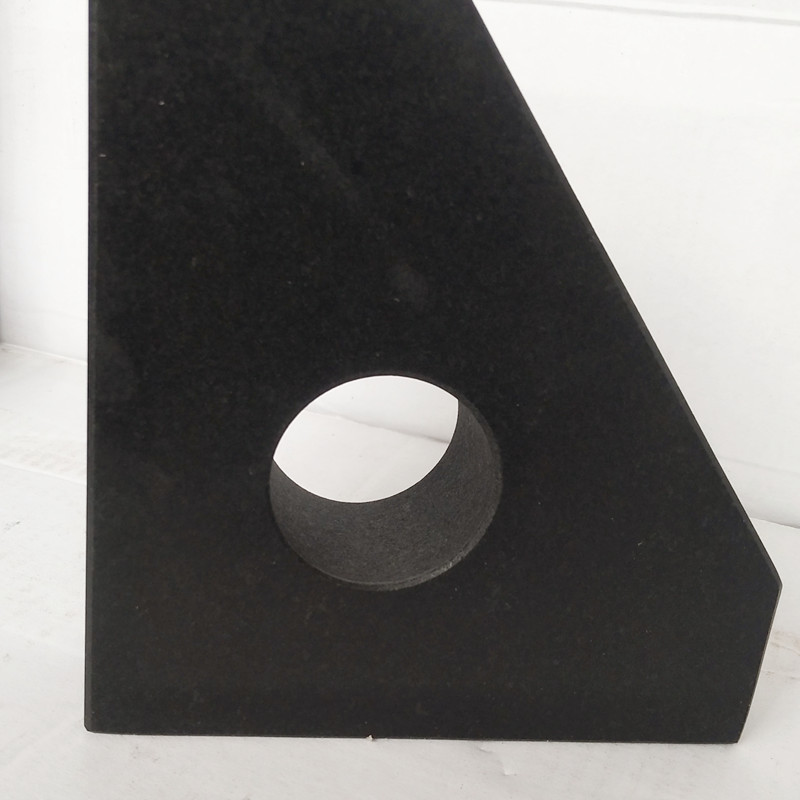Окт . 19, 2024 02:22 Back to list
types of ball valves and their functions
Types of Ball Valves and Their Functions
Ball valves are widely used in various industries due to their reliable performance, durability, and ease of use. They are essential components in fluid control systems, providing a quick and efficient means of starting or stopping flow. This article will explore the different types of ball valves and their functions.
One of the most common types of ball valves is the standard ball valve. It features a spherical disc (the ball) with a hole through the center that allows fluid to pass when the valve is open. The ball rotates 90 degrees to either block or allow flow, making it ideal for on/off applications. Standard ball valves come in various sizes and materials, suitable for different pressure and temperature conditions.
Another type is the floating ball valve. In this design, the ball is not fixed in place; it can move slightly within the valve body to ensure a tight seal against the seat when the valve is closed. Floating ball valves are often used in low-pressure applications, where they provide a reliable seal and smooth operation.
types of ball valves and their functions

Trunnion ball valves are another variant, featuring a ball that is fixed in place by trunnions (supports) at the top and bottom. This design allows the valve to handle larger volumes of fluid and higher pressures, making it suitable for industrial applications. Trunnion ball valves provide excellent sealing and reduce the torque required to operate the valve.
V-Ball valves are specialized types that have a V-shaped ball, allowing for flow regulation rather than just on/off control. This design enables them to handle throttling applications effectively, making them suitable for processes that require precise flow control, such as in chemical manufacturing or water treatment plants.
Lastly, multi-port ball valves can have more than two ports, allowing for fluid flow in multiple directions. These valves can switch flow between several outputs or inputs without the need for multiple valves, making them a space-saving solution in complex piping systems.
In summary, ball valves come in various types, each designed to serve specific functions in fluid control applications. From standard and floating valves to trunnion, V-ball, and multi-port options, each type plays a crucial role in ensuring efficient and reliable operations across numerous industries. Their versatility and efficiency make them a staple in modern fluid management systems.
-
Why Metric Trapezoidal Thread is Ideal for Precision Motion ControlNewsAug.05,2025
-
The Unique Properties of a Block of Granite for Industrial UseNewsAug.05,2025
-
The Role of Flanged Y Strainers in Preventing Pipeline ClogsNewsAug.05,2025
-
The Importance of Regular Calibration for Master Ring GagesNewsAug.05,2025
-
How a Cast Iron Surface Table Enhances Accuracy in ManufacturingNewsAug.05,2025
-
Comparing Different Check Valve Types for Optimal Flow ControlNewsAug.05,2025
Related PRODUCTS









